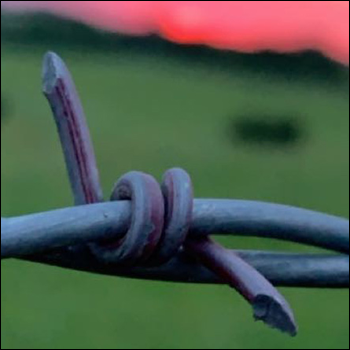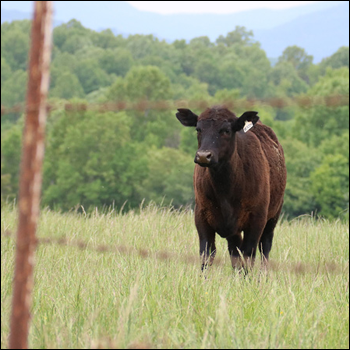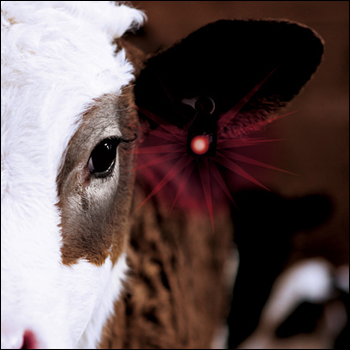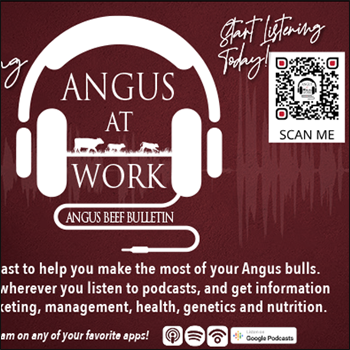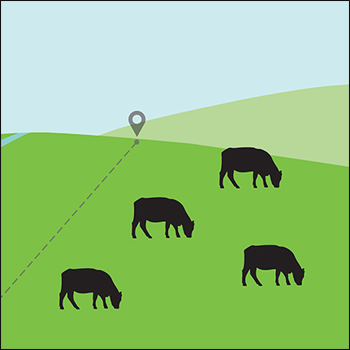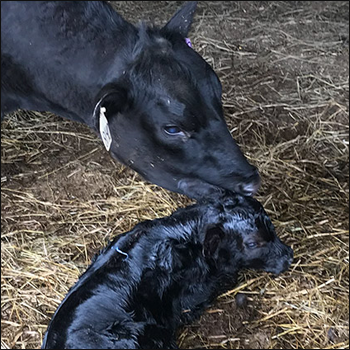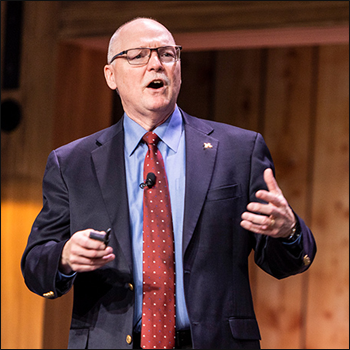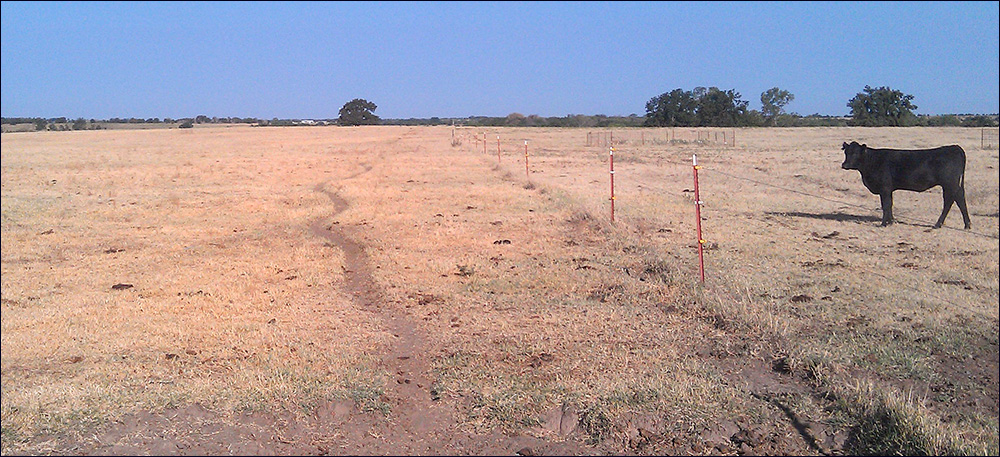
Planning for Drought
Beef cattle experts offer advice on how to prepare for spring and summer grazing in a drought.
Just as the mail carrier delivers the letters in all types of weather, so too must beef producers be able to respond to weather effects on the herd. With the low amounts of moisture much of the country has experienced in the fall and winter, now is the time to be thinking about management strategies for a drought, said experts at Kansas State University’s (K-State’s) Beef Cattle Institute on a recent Cattle Chat podcast.
“We’ve had a really dry fall and winter, so some folks are getting concerned about drought and making a plan for how to deal with it,” said Brad White, veterinarian.
Nutritionist Phillip Lancaster advised producers to evaluate their feed resources by looking at what they have on hand, as well as the forages to which they will have access.
“You might want to consider planting drought-tolerant crops that can be used for grazing, or look for alternative pastures before other people try to secure them,” Lancaster said.
Ag economist Dustin Pendell said as producers evaluate pastures, they must also consider the costs associated with water and fencing when grazing cropland or using alternate pastures.
Along with feed concerns, veterinarian Brian Lubbers advised producers to look at ways to decrease grazing pressure by culling open cows or managing them in a drylot.
“Think about making those culling decisions earlier, as well as managing the feed differently by putting the cattle in a drylot as a last option,” Lubbers said. “From a biosecurity standpoint, it is better to maintain those cattle in a drylot on the same operation rather than outsourcing them to another herd.”
Lubbers also suggested the option of moving from natural-service breeding to timed artificial insemination (AI) to get the cattle moved to a tighter calving window.
The experts agree that many of these options have short-term and long-term financial implications.
“If everyone is buying more hay or selling off cull cows at the same time, it will have implications for the short-term bottom line,” Pendell said.
He added: “Along with the short-term effects, producers really need to think through how those culling decisions will impact the herd two to three years in the future when prices for replacement heifers may be higher because of the increased demand for them.”
The amount of moisture the grasses get in the spring may influence weaning dates, said the experts.
“Early weaning of the calves will reduce the grazing pressure because non-lactating cows consume 20%-30% less feed per day than lactating females,” Lancaster said.
Lubbers said there are health implications for the calves with early weaning that producers need to be aware of when making that choice.
“Younger calves require a softer weaning or there could be some extreme health challenges that follow,” Lubbers said.
To hear the full discussion, listen to the Cattle Chat podcast online.
Editor’s note: Lisa Moser is a communications strategist for Kansas State University. Photo courtesy K-State Research and Extension.

Angus Proud
In this Angus Proud series, Editorial Intern Jessica Wesson provides insights into how producers across the country use Angus genetics in their respective environments.
 Angus Proud: Scott Sproul
Angus Proud: Scott Sproul
Oklahoma operation learned wisdom of moving calving season to better suit their marketing needs.
 Angus Proud: Bubba Crosby
Angus Proud: Bubba Crosby
Fall-calving Georgia herd uses quality and co-ops to market calves.
 Angus Proud: Jim Moore
Angus Proud: Jim Moore
Arkansas operation retains ownership through feeding and values carcass data.
 Angus Proud: Les Shaw
Angus Proud: Les Shaw
South Dakota operation manages winter with preparation and bull selection.
 Angus Proud: Jeremy Stevens
Angus Proud: Jeremy Stevens
Nebraska operation is self-sufficient for feedstuffs despite sandy soil.

